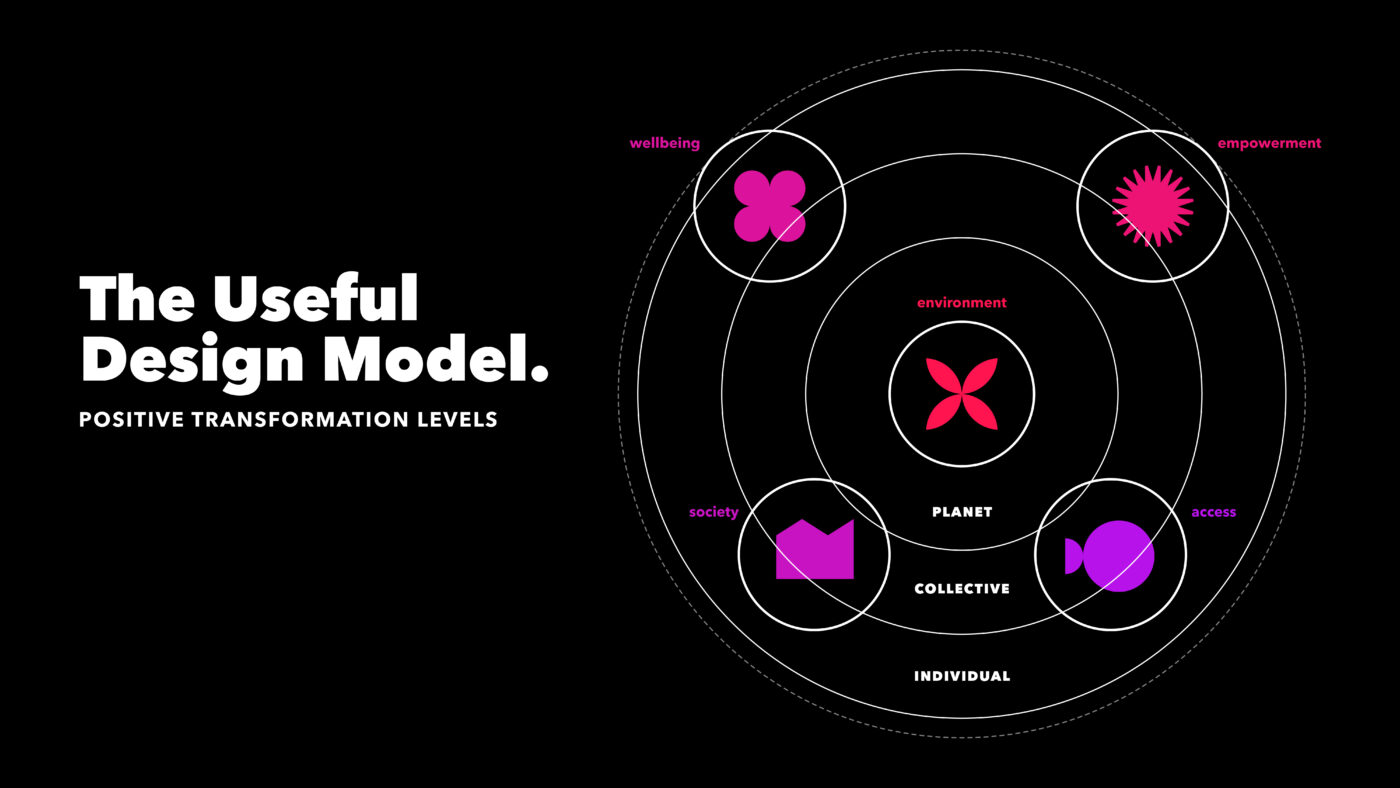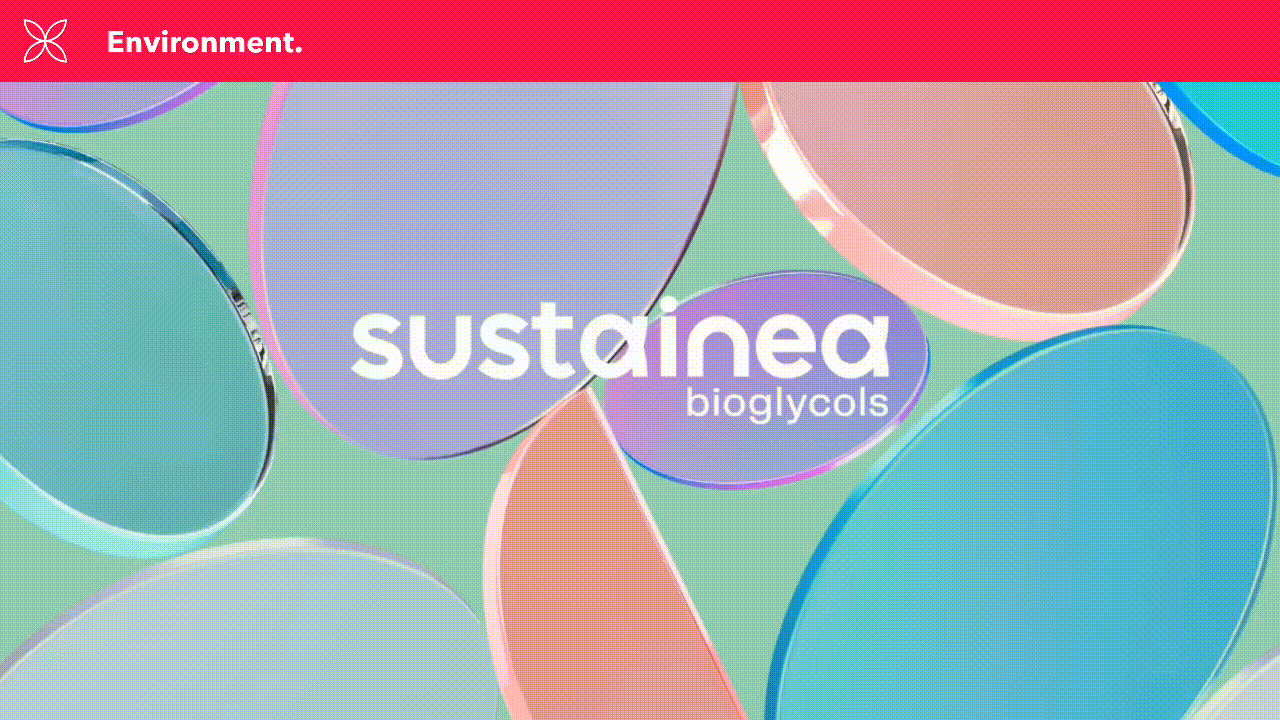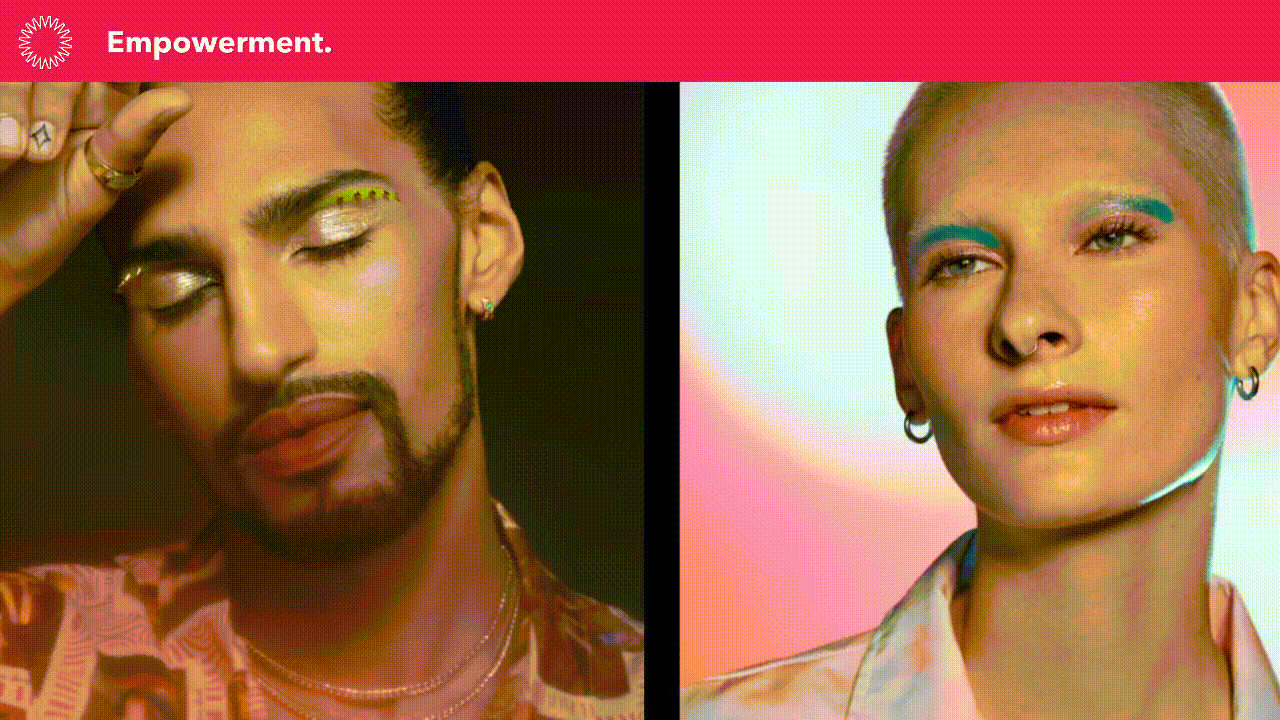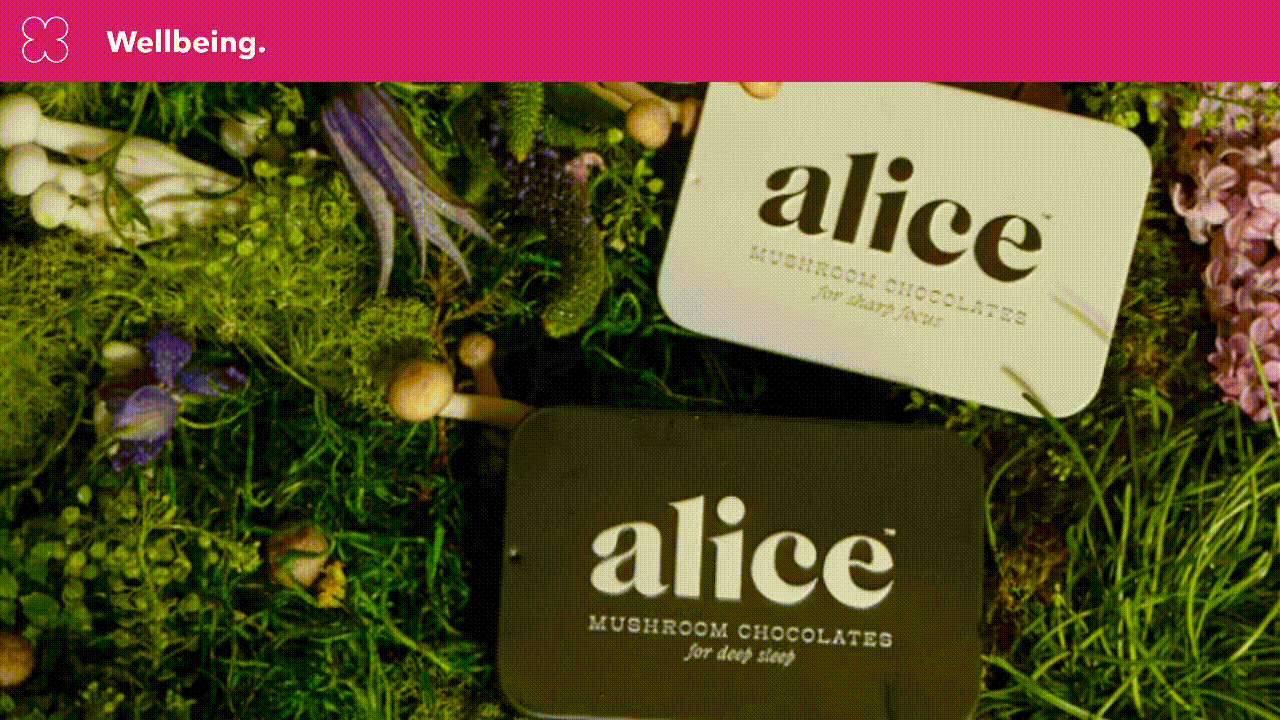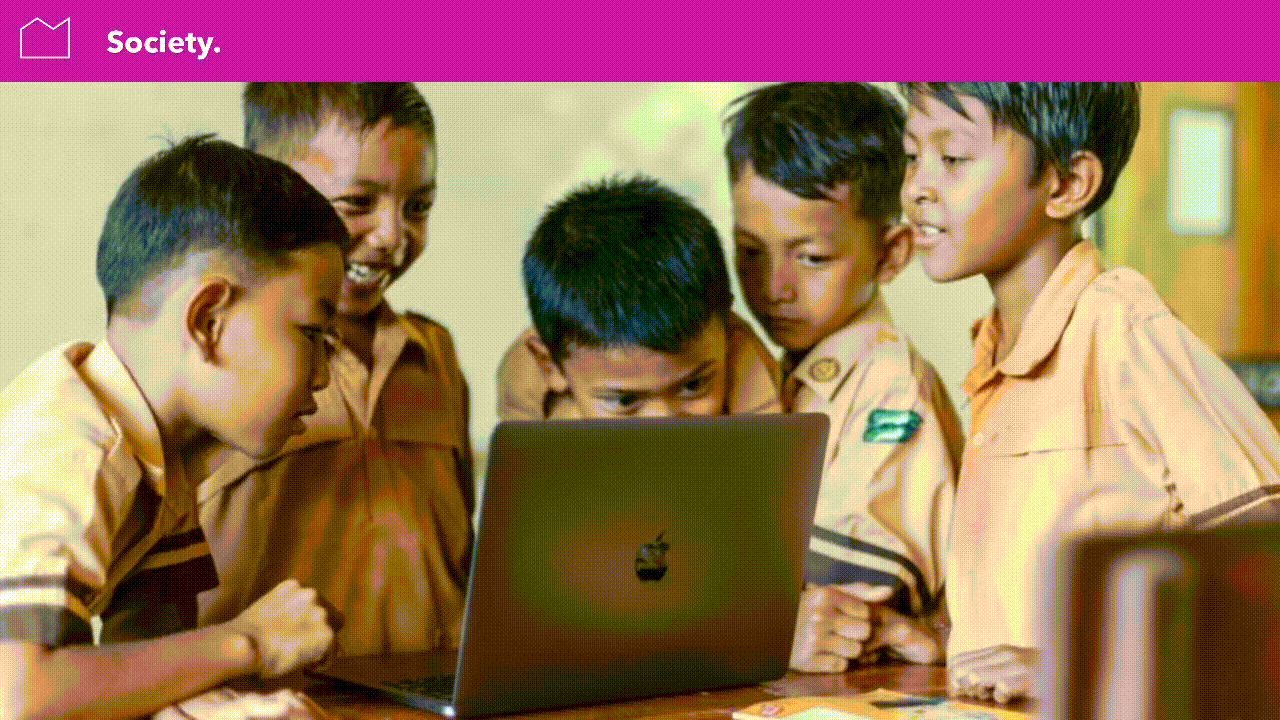Welcome to the third edition of Useful Design Trends, our annual exploration of the movements shaping the future of design in various sectors and global markets.
Trends offer a unique vantage point from which to view the future, not as a distant horizon, but as a series of actionable opportunities. This approach is rooted in our belief that design is a problem-solving tool, a means of meeting the challenges of our time with creativity and purpose.
Covering more than 40 sectors and 90 case studies, the global and multi-category perspective ensures a comprehensive and diverse view of the design landscape. Each trend we explore in this Useful Design Trends 2024 is a window into how design can inspire utility, whether in the way we interact with our environment, empower individuals, improve well-being, promote social growth or democratize access.
Want to download the content? Fill in the form:
*By filling in your details you agree to receive Blimp, our bimonthly newsletter.
There are 15 trends that promise longevity and sustainability, transcending the ephemerality that usually characterizes the world of brands. Our focus is on trends that last, that evolve and that continue to resonate year after year. We collect and select movements that not only signal change, but drive it.
Our Useful Design Model
For us, design goes beyond aesthetic appeal, acting as an accelerator of meaningful change. This belief is summed up in our Useful Design Model, which is anchored in three levels of impact: individual, collective and global. These levels form the basis of our approach and are an integral part of the reporting structure.
It is structured around five essential pillars: Environment, Empowerment, Well-being, Society and Access. Each pillar represents a fundamental aspect of our world, highlighting the significant role of design in creating a better future. Through these pillars, we aim to show how design transcends traditional boundaries, acting as a powerful agent of transformation and progress.
Here is a summary of the pillars and their trends in this Useful Design Trends 2024:
Design Trends | Environment
As we face the growing challenges of climate change, evidenced by record-breaking weather disasters in 2023, the urgency for sustainable initiatives has never been clearer. This pillar explores how design can revolutionize our production and consumption processes, advocating a shift towards sustainability that resonates at an industrial level.
1. The Basics Reimagined
Reinventing raw materials and everyday essentials is a must.
Opportunity: Mind the Senses
When selecting new materials, consider the sensory impact of products. The tactile, visual, and even auditory qualities of materials can significantly influence the consumer experience. It’s all about creating a deeper, more memorable connection with your audience.
2. Extended Lifespan
Reusing product life cycles, reducing waste and aligning with consumers’ sustainable demands.
Opportunity: Sustainability as a service
Offering subscription-based models in which maintenance, upgrades and end-of-life product management are included can be a game changer. This type of model ensures that products are kept in optimum condition for longer and that, when they reach the end of their useful life, they are disposed of responsibly.
3. Ancestral Future
Combining ancient wisdom with modern environmental solutions can bring advances and positive results for everyone.
Opportunity: Sustainable supply chains with a story
Invest in supply chains that not only prioritize sustainability, but also have a narrative. Source materials and ingredients from indigenous communities in a way that supports local economies and ecosystems. This approach ensures a sustainable and ethical supply chain and also gives products a compelling story that resonates with conscious consumers.
Design Trends | Empowerment
Centered on Identity and Inclusion, this pillar addresses the need for design to empower people, especially Generation Z, to express their unique identities. It highlights the importance of universal design solutions that embrace diversity and promote self-confidence and self-expression.
4. Universal Standard
Addressing solutions through inclusive design, moving from niche adaptations to universal accessibility in conventional products and services.
Opportunity: Empathetic AI assistance
Leveraging AI to develop virtual assistants that adapt intuitively to the diverse needs of users, offering personalized and inclusive support for brand interaction and purchase journeys.
5. Out of the box
By rejecting traditional norms and aesthetics, Generation Z embraces chaos, imperfection and originality.
Opportunity: Encouraging creativity
When navigating these transformative times, brands and individuals should not shy away from the strange, but rather play and experiment, allowing their audience to step outside their comfort zone which will take them to unexpected places. In doing so, they can reimagine what the norm is.
6. Death of Gender
Moving away from binary gender norms, brands are adopting diverse and non-binary approaches to product design and marketing.
Opportunity: Expanding unisex products
Promote inclusion by expanding unisex product lines, ensuring that marketing and design approaches are actively breaking down gender norms and adopting universally appealing design principles.
Design Trends | Well-being
This pillar takes a broad approach to improving quality of life, emphasizing physical, mental and emotional health. It explores how design can break taboos and create environments where individuals thrive, not just survive.
7. Menopower
Breaking the cycle of silence around the menopause is a significant transformation in the market, reflecting changing attitudes towards ageing and female empowerment in a growing Silver Economy.
Opportunity: Attention to language
Brands can go beyond terms like “anti-aging” by using positive and empowering language for products and campaigns about menopause and the beauty of aging gracefully.
8. Sex Education
Embracing sex positivity as a central pillar of holistic well-being, especially among younger generations.
Opportunity: Pop-up wellness experiences
Establishing spaces focused on sexual wellness that offer training, workshops and a portfolio of brands that guarantee a welcoming and stigma-free atmosphere.
9. The Good Drugs
The narrative around psychotropic substances, from contempt to appreciation, is evolving, reflecting a change in society’s perception, in line with holistic wellness trends.
Opportunity: Positive impact portfolio
Through strategic portfolio design, brands can develop a range of products that meet the different needs and preferences of consumers, from everyday wellness to more specific therapeutic solutions, maximizing positive impact.
Design Trends | Society
Focuses on collective and shared growth, emphasizing the responsibility of organizations to contribute positively to their communities. In the wake of the pandemic and ongoing cultural changes, this section examines how design can facilitate community growth and shared value.
10. AI Powered Creativity
New possibilities and ethical challenges arise as AI reshapes creativity.
Opportunity: AI for social good
Harnessing AI to address global challenges and promote sustainable development offers immense potential. Whether monitoring environmental issues, promoting fairness in lending or advancing the UN SDGs, there is an opportunity for organizations to use AI as a tool for positive change.
11. Wiser Choices
Influencing behavior through design, emphasizing authenticity and leading by example.
Opportunity: Advice on moderate consumption
Brands must recognize their influence on consumer habits and commit to promoting moderation. This demonstrates corporate responsibility and is a key strategy for building trust and demonstrating genuine care for consumer well-being and environmental impact.
12. Better Together
Rising communities offer connection and support against digital isolation, with brands promoting spaces for connection and shared experiences.
Opportunity: Empower marginalized communities
Address economic disparities and promote cultural inclusion by providing tools and resources for the economic empowerment of underrepresented communities. This not only equips specific communities with the means to increase their wealth, but also ensures that their stories and perspectives are heard and valued in mainstream media.
Design Trends | Access
The last pillar, Access, envisions a future in which resources are universally accessible, advocating the democratization of resources. It highlights the role of design in ensuring that progress and benefits are shared inclusively, contributing to the collective good.
13. Play it Smart
Consumers and brands are adapting to the rising cost of living, focusing on smart spending and economical, environmentally conscious solutions.
Opportunity: Transparent pricing
Empower consumers by developing an interactive platform that visually breaks down the costs of products. This platform could graphically represent how much is spent on raw materials, manufacturing, marketing and distribution, employing infographics and intuitive UI/UX.
14. Micro Mobility War
Cities around the world are turning to ecological micro mobility, with alternative methods of travel, changing the urban landscape.
Opportunity: Mobility partnerships
Brands from different sectors, from technology to fashion, can form partnerships with micromobility solutions. For example, a technology brand could collaborate with city bicycle programs to create smart helmets equipped with GPS and safety features. Or a clothing brand could create specific outfits for scooter users, with elements of safety, comfort and style.
15. Web3 to the People
Web3 is reformulating brand involvement with transparency, ethics and decentralized control.
Opportunity: Transparent supply chain solutions
Using blockchain to make supply chains more transparent and ethical. This can be an important selling point for eco-conscious consumers who value sustainability and ethical practices. Brands can demonstrate their commitment to these values by providing customers with a transparent view of the product journey, from production to delivery.
If this report has inspired you with new ideas, get in touch so that we can work together to make them happen!

